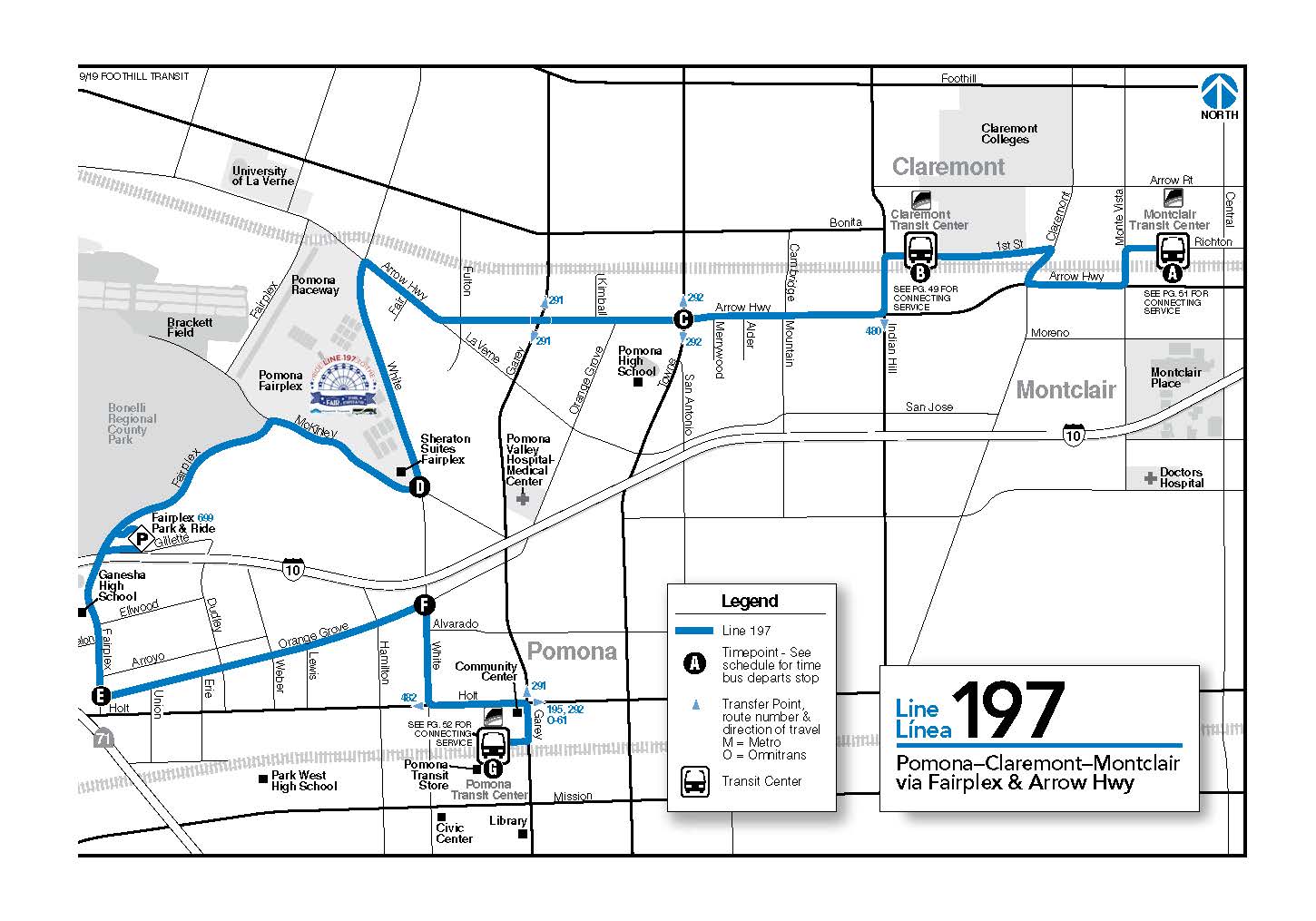
Eastern Dublin, Where Growth Has Taken Place Rapidly Over Recent Years.
The Sacramento Bee reports that Sacramento State Senator Darell Steinberg's efforts to promote cleaner air through better planning are running out of time. Steinberg's ground breaking legislation, S.B. 375, directs the state Air Resources Board to set greenhouse gas reduction targets for each of the state's 17 regional areas, and has slowly gained the support of builders and planners as well as environmentalists and Smart Growth Advocates. The legislation offers carrots to areas which embrace Smart Growth and sticks for those that continune to stay in bed with sprawling growth patterns.
After two years of arm-wringing, Steinberg finally got his legislation through both houses of the legislature only to see his legislation languish on the desk of a governor who claims to be leading the charge against Greenhouse Gas emissions and Global Warming. If the legislation is not signed today, the bill expires and Steinberg will be back in square one, and some members of his coalition will have less reason to sit at the table.
The Bee reports that the Governor's objection is that the legislation could endanger already planned development and new highway projects. It quotes the Governor from a speech last Friday:
"It will be a huge bill," Schwarzenegger acknowledged, a follow-up tolandmark AB 32 two years ago, requiring California to reduce greenhousegas emissions dramatically by 2020. "The important thing is, again,that it is written the right way. I'm going to look at that bill verycarefully, because in principle, I love that idea."
Specifically, S. 375 would accomplish the following:
• Transportation planning: The California Air Resources Board (CARB)will set regional greenhouse gas reduction targets after consultationwith local governments. That target must be incorporated within thatregion’s Regional Transportation Plan (RTP), the long-term blueprint ofa region’s transportation system. The resulting model will be calledthe Sustainable Communities Strategy.
• Housing planning: Each region’s Regional Housing Needs Assessment(RHNA) – the state mandated process for local jurisdictions to addresstheir fair share of regional housing needs – will be adjusted to becomealigned with the land use plan in that region’s Sustainable CommunitiesStrategy in its RTP (which will account for greenhouse gas reductiontargets).
• CEQA reform: Environmental review will create incentives to implement the strategy, especially transit priority projects.
Proponents of the legislaiton argue that by condensing development, people will need to drive less, which would reduce congestion far more than increasing highway capacity, again, in the long run; but opponents of the bill have gained traction in the Governor's mind by offering a false choice between mobility and greenhouse gas reduction.
Photo and Caption: //ichael Patric|{/Flickr





